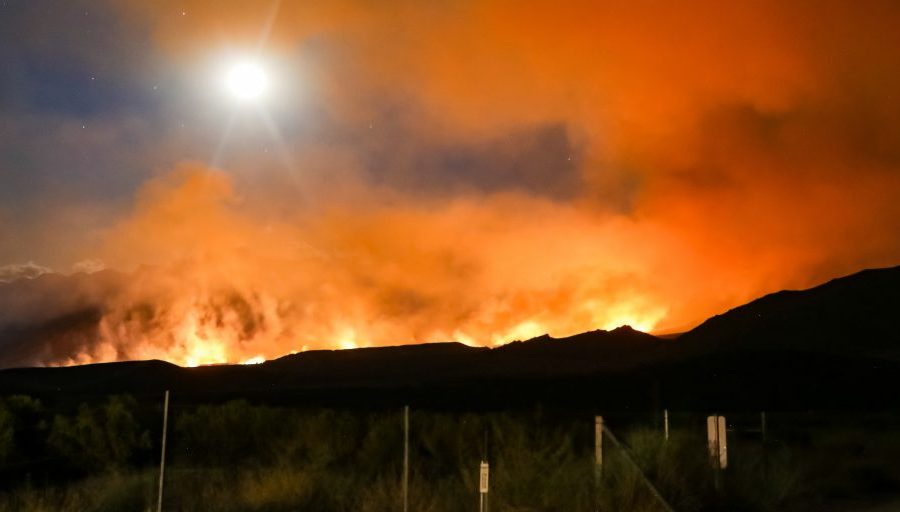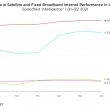Smart-city technology drives efficient disaster response and recovery
From heatwave-induced wildfires in the West to unrelenting hurricanes in the Southeast, natural disasters are increasing in frequency and severity due to climate change. As evidenced in 2020’s historic year of extreme cases, totaling 22 separate billion-dollar weather and climate disasters, we can expect this trend to continue. Today, wildfire season is longer and more severe than any other time in our nation’s history, in addition to hurricanes generating more destructive power. As storm severity grows over time, how city and state governments prepare, respond and recover is critical for building communities back to better than they were before the disaster struck.
Building in more resilient infrastructure and technologies, such as smart sensors and advanced utility metering analytics, has never been more critical as areas of the country battle the whirlwind of challenges that may arise without proper planning. Municipalities cannot prepare enough for these inevitable events. By investing now in smart technologies, city leaders can better predict, prepare and respond to these disasters as they arise.
Gaining visibility into system performance with IoT
Deploying active grid technology ensures connected cities, assets and people’s safety while encouraging continuous innovation. Additionally, utilities and municipalities are empowered to effectively mitigate risk to improve safety, flexibility and efficiency, while predicting unforeseen issues relative to the natural disaster and smart grid performance.
Active grid technology is powered by IoT (Internet of Things) infrastructure, correlated sensors data and distributed intelligence to help city leaders and utilities identify and act on public safety threats of natural disasters. IoT sensors measure and report problems immediately, in addition to identifying the root cause. Installing these sensors, such as pole tilt, electric distribution lines and water level, enables data measurement across various areas. As a result, cities and utilities can reduce damage and improve the visibility of systems and response efficiency to ensure safety and recovery.
Municipalities can make better decisions in the face of a natural disaster by harnessing the power of data insights. For example, depending on its severity, wildfire smoke can travel hundreds of miles, as we witnessed in 2020’s wildfires affecting California, Oregon and Washington. Dense wildfire smoke produced hazardous air quality that affected millions of people for weeks. To ensure the safety of residents within the area of impact and surrounding regions, air quality sensors provide data representing the level of pollution in a specific location rather than taking a macro view of an entire area. This integration can help utilities understand the critical areas and instruct affected areas to remain indoors until air quality improves.
Gathering 24/7 data-driven insights for efficient response and recovery
Real-time information and digital transformation empower city leaders to obtain immediate ROI. Without access to this information, it is an impossible task for managers to monitor system performance around the clock while predicting and reacting to safety hazards.
To read the complete article, visit American City & County.

















